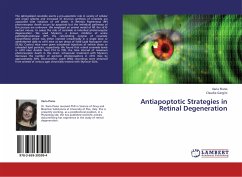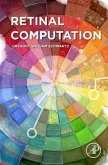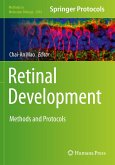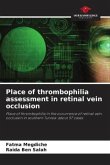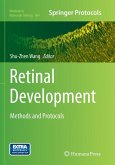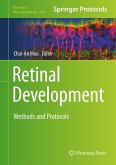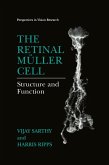The retina is a highly ordered laminar structure, comprising three compact layers of neurons separated by two synaptic layers, which has proven a valuable model to study gap junctions and cell specific expression patterns of connexins in neuronal tissues. Visual processing in the retina information is partly accomplished by laterally orientated horizontal cells. Two connexins, Cx52.6 and Cx55.5 has been shown to be expressed in zebrafish horizontal cells. Sequence analysis of zfCx55.5 and zfCx52.6 has revealed only limited homology of these connexins to other connexins from fish and higher vertebrates. ZfCx52.6 shows around ~57% amino-acid homology with zfCx55.5, where as the zfCx55.5 has been shown to share about 50% homology with the mouse Cx57. Both of these connexins have been found to show highly restricted expression in the horizontal cells of zebrafish retina. The molecular mechanism responsible for their cell specific expression are unveiled in this dissertation. Moreover, connexins perform various functions for which gap-junction communication seems to be dispensable. With reference to Cx55.5, we propose a mechanism which can endow the connexins with the ability to perform


